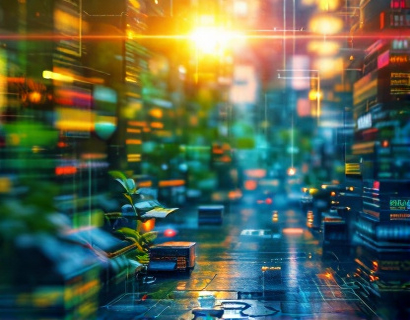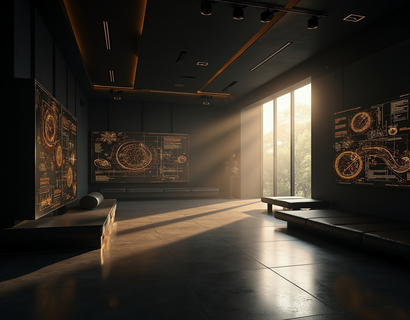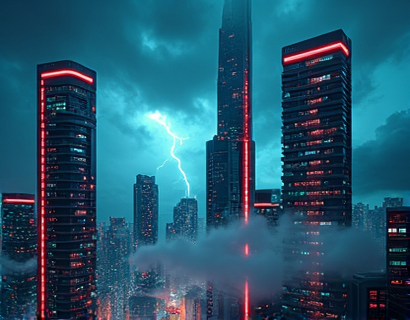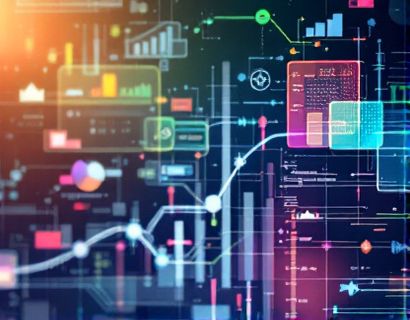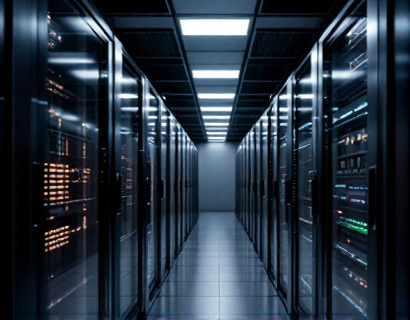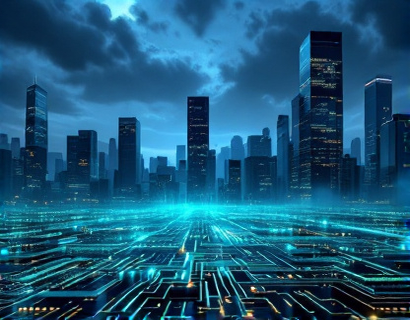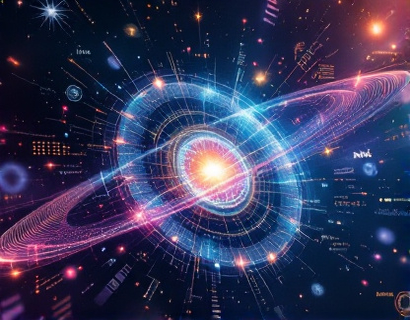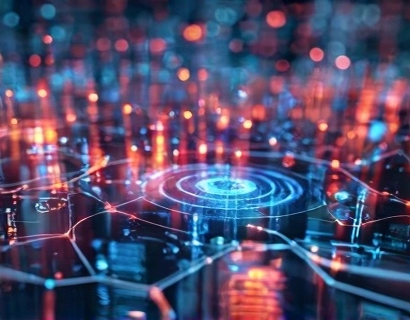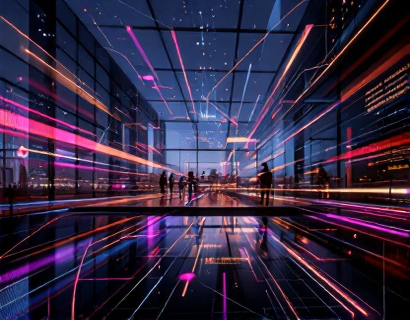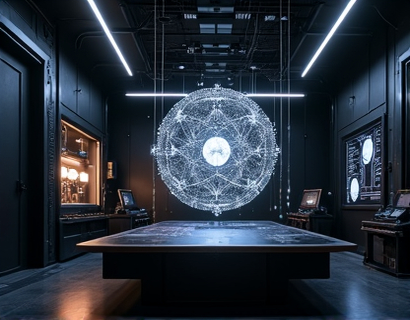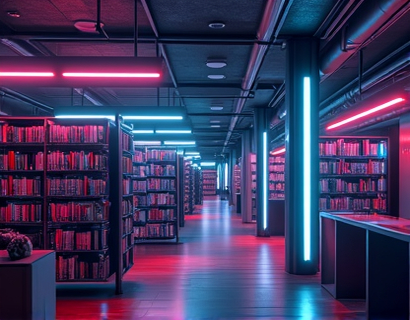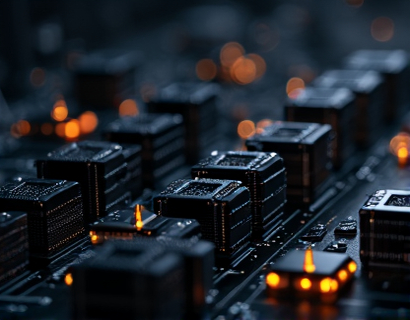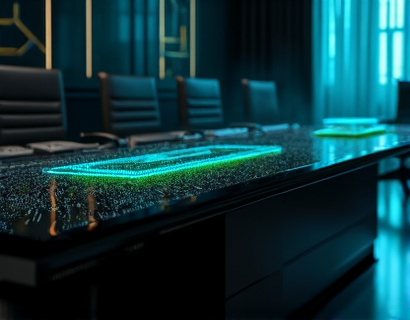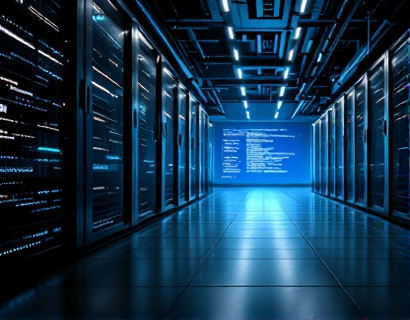Maximize Your Indoor Garden: Expert Tech for Optimal Plant Growth and Sustainability in Solariums
Indoor gardening has evolved significantly with the integration of advanced technology, transforming ordinary spaces into thriving ecosystems. For those with a solarium or a dedicated indoor garden, leveraging expert technology can maximize plant growth and sustainability. This article delves into the cutting-edge solutions that can elevate your indoor gardening experience, ensuring your plants not only survive but thrive in a customizable, future-forward environment.
Understanding the Basics of Indoor Gardening Technology
To begin, it's essential to understand the core components of a high-tech indoor garden. These systems typically integrate advanced lighting, climate control, and automation technologies. Each element plays a crucial role in creating an optimal environment for plant growth.
Lighting: Plants require specific wavelengths of light for photosynthesis. Traditional fluorescent and incandescent bulbs are being replaced by LED grow lights, which offer energy efficiency and the ability to tailor light spectra to the needs of different plants. LED lights can be adjusted to provide the right balance of blue and red light, promoting healthy growth and flowering.
Climate Control: Maintaining the right temperature, humidity, and air circulation is vital for plant health. Advanced systems use sensors and automated controls to monitor and adjust these conditions in real-time. This ensures that plants receive the ideal environment regardless of external weather conditions.
Automation: Automation technologies, including smart irrigation and nutrient delivery systems, allow for precise control over watering and feeding schedules. This not only saves time but also prevents overwatering and nutrient imbalances, which are common issues in manual gardening.
Optimizing Light for Plant Growth
The quality and quantity of light are critical factors in indoor gardening. LED grow lights have become the preferred choice due to their efficiency and versatility. These lights can be customized to emit specific wavelengths that are most beneficial for different stages of plant growth.
For seedlings, a higher proportion of blue light (around 450nm) is beneficial as it promotes leafy growth. As plants transition to the vegetative stage, a balance of blue and red light (around 660nm) is ideal for robust stem and leaf development. During the flowering stage, increasing the ratio of red light helps stimulate blooming and fruiting.
Additionally, light intensity and duration should be adjusted based on the plant species. Most indoor plants require 12 to 16 hours of light per day, but this can vary. Using timers and smart controllers, you can automate the lighting schedule to match the natural day-night cycle or customize it to the specific needs of your plants.
Creating the Perfect Climate
Maintaining the right climate inside a solarium is essential for plant health. Temperature, humidity, and air circulation must be carefully managed to prevent stress and disease.
Temperature Control: Most indoor plants thrive in temperatures between 65°F and 80°F (18°C to 27°C). Advanced climate control systems use thermostats and heaters/coolers to maintain a consistent temperature. Some systems even incorporate phase-change materials that absorb and release heat, helping to stabilize temperature fluctuations.
Humidity Management: Humidity levels should be kept between 40% and 70% depending on the plant type. High humidity can lead to fungal diseases, while low humidity can cause leaf burn. Humidifiers and dehumidifiers can be integrated into the system to maintain optimal moisture levels. Some advanced setups use misting systems or foggers to increase humidity around plants.
Air Circulation: Proper air circulation prevents the buildup of stagnant air, which can lead to mold and mildew. Fans and air circulators help distribute air evenly throughout the space, ensuring that all plants receive fresh air. Automated systems can adjust fan speeds based on temperature and humidity readings.
Automation for Efficient Gardening
Automation is a game-changer in indoor gardening, offering convenience and precision. Smart irrigation systems use soil moisture sensors to determine when plants need water, preventing overwatering and underwatering. These systems can be connected to a central controller that manages multiple aspects of the garden.
Nutrient delivery systems can be automated to provide plants with the right balance of nutrients at the right times. These systems use timers and sensors to release nutrients based on the plants' growth stage and nutrient requirements. This ensures that plants receive optimal nutrition without the risk of over-fertilization.
Integrating all these components into a single, user-friendly interface makes managing an indoor garden much easier. Many modern systems offer mobile apps that allow you to monitor and control your garden from anywhere, providing real-time data and alerts.
Customizing Your Indoor Garden
Every indoor garden is unique, with different plants having specific needs. Advanced technology allows for highly customizable setups that can be tailored to meet these individual requirements.
Plant-Specific Settings: By inputting the specific needs of each plant, the system can adjust lighting, temperature, humidity, and nutrient delivery accordingly. This level of customization ensures that each plant receives the optimal conditions for growth.
Scalability: As your indoor garden grows, the system should be able to scale with it. Modular designs allow you to add more lights, fans, and sensors as needed, without having to overhaul the entire setup.
Energy Efficiency: Energy consumption is a significant consideration in indoor gardening. High-tech systems often include energy-efficient components and smart controls that minimize power usage. For example, LED lights consume less energy than traditional bulbs and last much longer, reducing both costs and environmental impact.
Sustainability in Indoor Gardening
Sustainability is a key aspect of modern indoor gardening. By using advanced technology, you can create a garden that is not only productive but also environmentally friendly.
Water Conservation: Automated irrigation systems can significantly reduce water usage. By delivering water directly to the roots and adjusting based on plant needs, these systems minimize waste. Some advanced setups even use hydroponics or aeroponics, which can use up to 90% less water than traditional soil-based gardening.
Reduced Carbon Footprint: Energy-efficient lighting and climate control systems lower the carbon footprint of your garden. Using renewable energy sources, such as solar panels, can further reduce your environmental impact.
Closed-Loop Systems: Some advanced setups incorporate closed-loop systems where water and nutrients are recycled. This not only conserves resources but also reduces the need for frequent replacements, making the garden more sustainable in the long run.
Challenges and Considerations
While the benefits of high-tech indoor gardening are clear, there are several challenges and considerations to keep in mind.
Initial Cost: Setting up a high-tech indoor garden can be expensive, especially when considering the cost of advanced lighting, climate control, and automation systems. However, the long-term benefits in terms of plant health and yield often justify the investment.
Technical Knowledge: Operating a sophisticated system requires some technical knowledge. It's important to choose systems that are user-friendly and offer good customer support to help you navigate any issues.
Maintenance: Regular maintenance is crucial to ensure the system functions correctly. This includes cleaning filters, checking sensors, and updating software as needed.
Conclusion
By embracing advanced technology, indoor gardeners can transform their spaces into highly productive and sustainable ecosystems. From optimized lighting and climate control to automation and customization, these solutions provide the tools needed to maximize plant growth and health. As technology continues to advance, the possibilities for indoor gardening will only become more exciting, making it an ideal hobby for enthusiasts and a viable option for urban food production.




